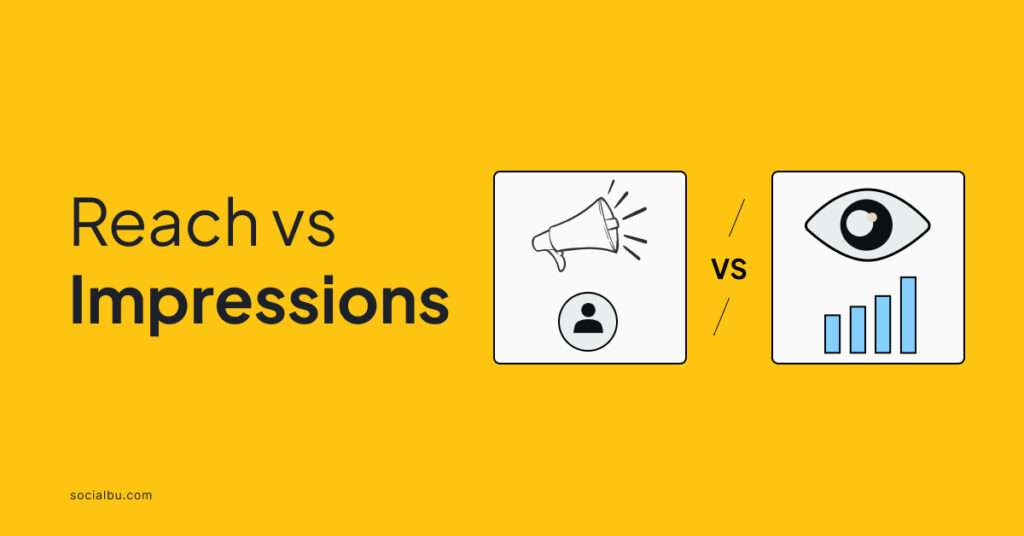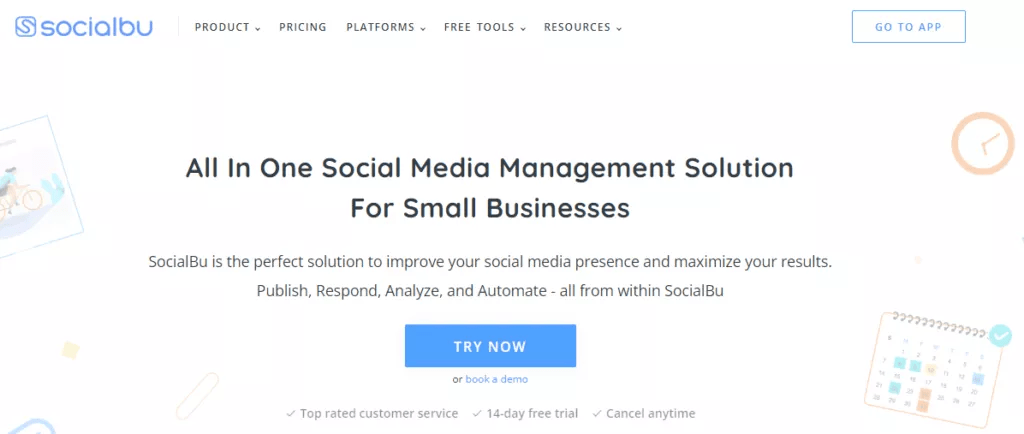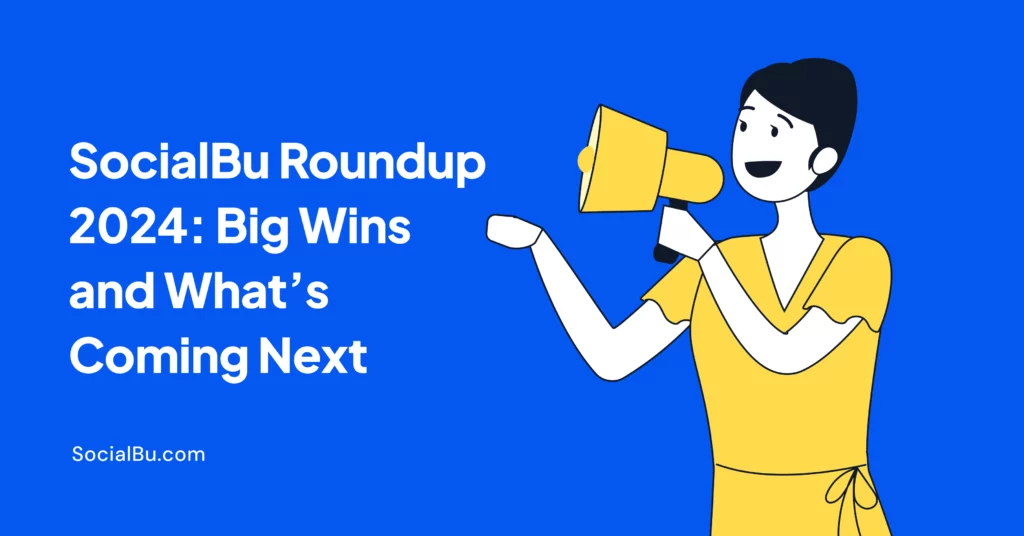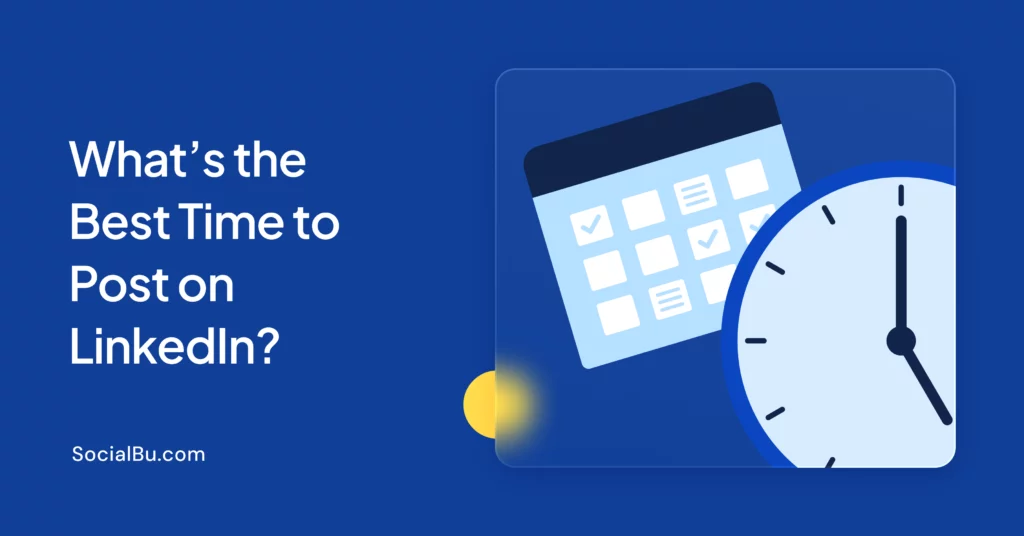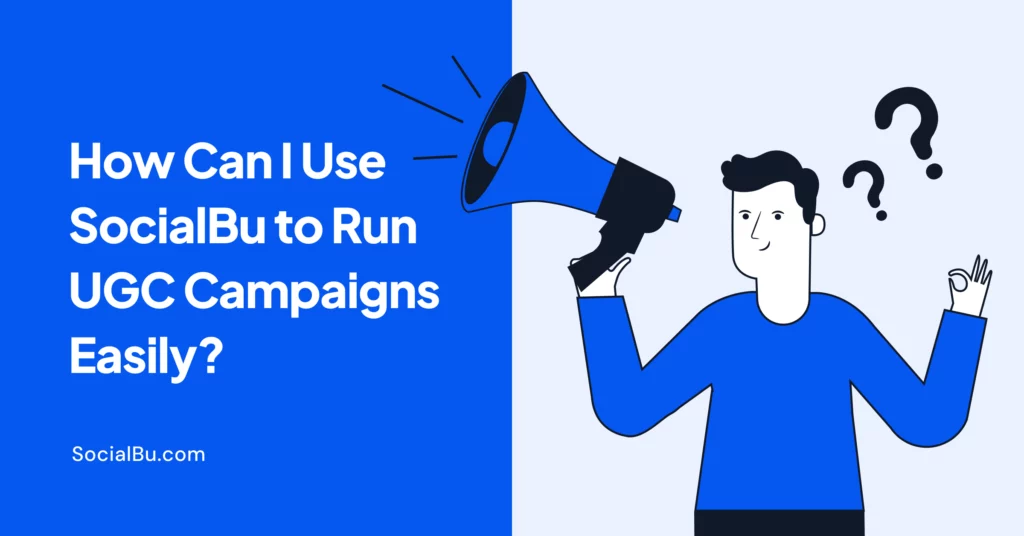Ever dived into your social media analytics and felt overwhelmed by a sea of numbers? You’re not alone. Understanding metrics like “reach” and “impressions” is crucial for measuring the success of your social media efforts. But for many, these terms can feel confusing and interchangeable. This blog is your ultimate guide to understanding reach vs impressions, empowering you to analyze your data with confidence.
The Power of Data-Driven Social Media
In today’s digital landscape, social media is a powerful tool for businesses and content creators alike. But how do you know if your efforts are paying off? This is where social media analytics comes in.
By analyzing key metrics, you gain valuable insights into your audience, content performance, and overall social media strategy.
Two of the most fundamental metrics you’ll encounter are reach and impressions. While they might seem similar, they paint a very different picture of your social media presence.
Understanding Reach and Impressions
Imagine you’re running a lemonade stand. Reach is like the total number of people who walk by your stand and see your delicious lemonade. Impressions, on the other hand, are the number of times people actually see your lemonade – whether they walk by once or stop to take a second look. Let’s delve deeper into each concept:
- Reach: This metric tells you the total number of unique users who saw your social media content at least once within a specific timeframe. It essentially measures the breadth of your audience exposure.
- Real-Life Example: You post a funny meme on your company’s Facebook page. The reach is 1,000, indicating that 1,000 unique users saw your post in their feed.
- Impressions: This metric reflects the total number of times your content was displayed on users’ screens. One user seeing your post twice counts as two impressions. Impressions highlight the frequency with which your content is being seen.
- Real-Life Example: Your meme goes viral! The same 1,000 users might see it shared by their friends, leading to 5,000 impressions.
Think of a bustling marketplace. Reach is like the number of people who enter the marketplace and potentially walk past your stall. Impressions are the number of times people actually see your products displayed, whether they walk by once or stop to admire them multiple times.
Why Both Reach and Impressions Matter
Now that you understand the distinction, you might be wondering: which metric is more important? The answer? They both play a crucial role!
- Reach: A higher reach expands your audience base, increasing brand awareness and potentially attracting new customers. Imagine your delicious lemonade stand attracting people from all corners of the marketplace.
- Impressions: Higher impressions indicate greater content visibility, leading to potential engagement (likes, comments, shares). The more times people see your appetizing lemonade, the more likely they are to stop by and try it!
The Ideal Scenario: Working Together
Here’s the magic: Ideally, your reach and impressions work together to create a powerful social media presence. High reach ensures your content gets in front of a broad audience, while high impressions increase the chances of engagement.
It’s like having a constant flow of people entering your marketplace who are exposed to your amazing lemonade – some might just walk by, but others might be enticed to stop and become customers!
Boosting Your Reach and Impressions
Ready to leverage the power of reach and impressions? Here are some actionable strategies:
Reach
- Content is King: Create engaging content specifically tailored to your target audience.
- Hashtag Magic: Utilize relevant hashtags to increase discoverability and reach a wider audience.
- Paid Power: Consider paid advertising strategies to specifically target your ideal demographics and expand your reach.
Impressions
- Quality is Key: Create high-quality, visually appealing content that users want to see and share.
- Format Frenzy: Experiment with different content formats like images, videos, and stories to keep your audience engaged.
- Call to Action: Encourage user interaction through compelling captions, questions, and contests, leading to more impressions as users revisit your content.
Beyond Reach and Impressions: A Look at Additional Metrics
While reach and impressions are fundamental, social media analytics offers a treasure trove of other valuable metrics. Here are a few to consider:
- Engagement: This metric measures how users interact with your content, including likes, comments, shares, and clicks. High engagement indicates a receptive audience and successful content.
- Click-Through Rate (CTR): This metric measures the percentage of users who clicked on a link within your post. A high CTR suggests your
Powerful Social Media Management
Analyzing data is crucial, but taking action is where the magic happens. SocialBu is your one-stop shop for managing all your social media channels in one place. Schedule posts, track performance across platforms, and gain deeper insights into your audience – all within a user-friendly interface.
SocialBu empowers you to leverage the power of reach and impressions to achieve social media mastery. Sign up for a free trial today and see the difference data-driven social media management can make!
Conclusion
Understanding the difference between reach vs impressions empowers you to analyze your social media data effectively. By implementing the strategies above, you can expand your audience reach, increase content visibility, and ultimately achieve your social media goa ls. Remember, data is your friend – use it to refine your approach and watch your social media presence flourish!
Reach vs. Impressions: FAQs
1.Which is better, reach or impressions?
There isn’t necessarily a “better” metric. It depends on your goals.
Reach is ideal if you want to maximize brand awareness and ensure your content is seen by a wider audience.
Impressions are more relevant if you want to increase the visibility of your content and encourage user engagement.
2. Is CPM for reach or impressions?
CPM stands for Cost Per Mille, which translates to “cost per thousand impressions.” This metric is used in advertising to represent the cost you pay for every 1,000 times your ad is displayed.
3. Is Facebook reach the same as impressions?
No, Facebook reach and impressions are distinct metrics:
Facebook Reach: This refers to the number of unique users who saw your post in their feed at least once.
Facebook Impressions: This represents the total number of times your post appeared on users’ screens, including multiple views by the same user.
4. Is Instagram reach vs impressions the same?
Similar to Facebook, Instagram reach and impressions are different:
Instagram Reach: This reflects the number of unique accounts that saw your post.
Instagram Impressions: This indicates the total number of times your post was displayed, including repeat views from the same account.
